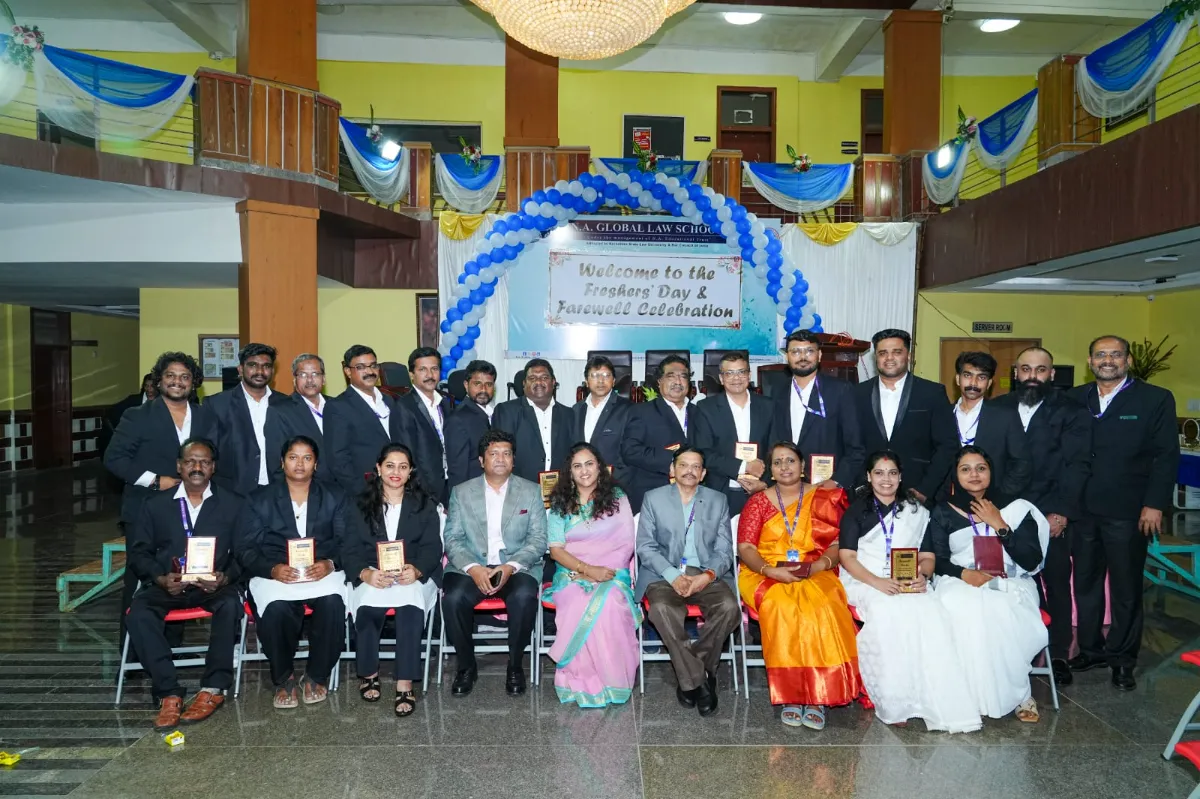Mr. Rajeswara Rao T V (Assistant Professor NAGLS, Bangalore)
Kaizen is the Japanese word which means good change. Kai means ‘Change’ and Zen means ‘Good.’
Over 30 years ago, Masaaki Imai sat down to pen the groundbreaking book ‘Kaizen: The Key to Japan’s Competitive Success’ (McGraw Hill). Through this book, the term KAIZEN™ was introduced in the western world.
Today KAIZEN™ is recognized worldwide as an essential pillar of an organization’s long-term competitive strategy. Since introducing this term as a systematic approach to business improvement, companies that implement KAIZEN™ have continually yielded superior results.
Kaizen is a competitive strategy in which all employees work together to create a strong culture of constant improvement.
What is Kaizen?
Kaizen is a Japanese term which means “good change”, “change for the better”, or “improvement.” As a philosophy, kaizen promotes a mindset where small incremental changes create an impact over time. As a methodology, kaizen enhances specific areas in a company by involving top management and rank-and-file employees to initiate everyday changes, knowing that many tiny improvements can yield big results.
Why Kaizen is important?
Kaizen is important because it is process used to identify key problems at their source. Kaizen can’t just be a one-person job, as every employee needs to be active in making small improvements on a frequent basis
Kaizen is a concept referring to business activities that continuously improve all functions and involve all employees from the CEO to the assembly line workers. Kaizen also applies to processes, such as purchasing and logistics, that cross organizational boundaries into the supply chain. It has been applied in healthcare, psychotherapy, life coaching, government, manufacturing, and banking.
There are 5 Fundamental KAIZEN™ Principles that are embedded in every KAIZEN™ tool and every KAIZEN™ behavior.
The 5 principles that Kaizen follows. Those are
- Know your customer,
- Let it Flow
- Go to Gemba
- Empower People and
- Be Transparent.
The implementation of those 5 principles in any organization is fundamentally important for a successful Continuous Improvement culture and to mark a turning point in the progression of quality, productivity, and labour-management relations.
Key elements of Kaizen:
- Quality efforts
- Employee involvement
- Willingness to change
- Communication
Benefits of Kaizen:
- Empowering employees
- Improving quality
- Cost control
- Fastest delivery
- Customer’ satisfaction
History and Development
Kaizen’s roots can be traced back to post-World War II, when economic reform consequently took over Japan. Since the Toyota Motor Corporation implemented the Creative Idea Suggestion System in May 1951, changes and innovations led to higher product quality and worker productivity, substantially contributing to the company’s development.
In September 1955, Japanese executives officially started visiting the United States as one of the initiatives of the Japan Productivity Centre. Integrating the American way of doing business with a humanized approach eventually pushed Japanese companies into worldwide competitiveness. During the 1980’s, management consultant Masaaki Imai worked with Taiichi Ohno to spread the message of the Toyota Production System (TPS), a result of several years of continuous improvements.
Considered as the Father of Kaizen, Masaaki Imai globally introduced kaizen as a systematic management methodology in Kaizen: The Key to Japan’s Competitive Success (1986).
Today, organizations across different industries adopt kaizen as a part of their core values and practice continuous improvement on a day-to-day basis with concepts from six sigma and lean. It is also used with other analytical frameworks such as SWOT.
Kaizen is everyday improvement—every day is a challenge to find a better way of doing things. It needs tremendous self-discipline and commitment.”
– Masaaki Imai, Founder of Kaizen Institute
Management Commitment
One of the most common reasons kaizen implementations fails is the lack of support and, more importantly, action from leaders. Imai states, “The top management of the company has the most important role in implementing this kaizen approach, and then every manager, then it goes down to rank-and-file employees.” When top management demonstrates its long-term commitment to continuous improvement, managers inevitably follow through on kaizen initiatives and workers personally develop a kaizen mindset.
Employee Empowerment
The employee doing the job would know the best ways to improve how a job is done. Leaders should create an environment where people feel empowered to contribute so that suggestions for improvement can come from all levels and ranks. Encouraging workers to keep adding value to the organization not only boosts morale, it also gives everyone ownership of continuous improvement efforts, which contributes to the successful implementation of kaizen.
Three main Pillars of Kaizen
- House keeping
- Waste elimination
- Standardization
Steps of Kaizen
Step 1: Identify the areas of improvement
Step 2: Analyse the current process
Step 3: Generate original ideas
Step 4: Develop an Implementation Plan
Step 5: Implement the plan
Step 6: Evaluate the new method
Kaizen starts with three actual rules:
- Go to the actual place where the process is performed
- To talk to actual people involved in the process and get real facts
- Observe and chart the actual process
Benefits of Kaizen:
- Reducing Waste
- Simplifying Work Processes
- Improving Safety
- Improvement and strengthen Employee and Customer Satisfaction








